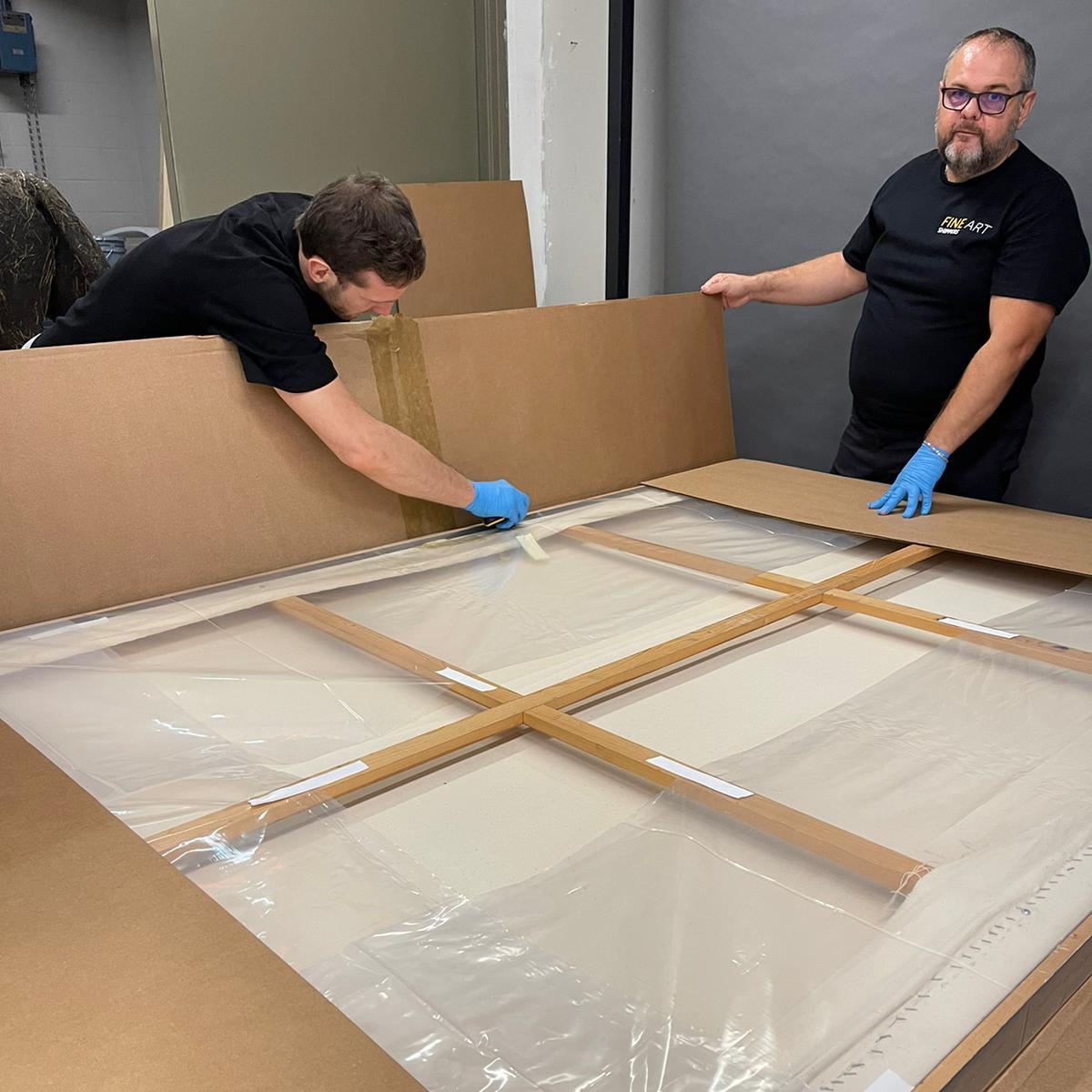Fine art packaging can confuse even a seasoned art collector. How to do it right, and what materials are recommended for safe and comprehensive packaging with minimal risks? Here is a quick guide to the intricacies of professional packaging.
Why Pay Attention to Proper Fine Art Packaging?
You can’t take this procedure lightly because the integrity of your precious belongings depends on the quality of the packaging. There are too many unfortunate instances of irreparable damage to rare, unique works of art, which happened because of careless packaging. Paintings can develop mold or cracks if they are not properly insulated, and moisture or fungi can get inside the packaging. Besides, insufficiently packaged artwork can be damaged much more easily during handling. Therefore, it’s critically important to double-check the correct, multi-layer package for your fine art to keep the art assets adequately protected.
Key Packaging Materials
The main rule you need to keep in mind is the zero acid contents and non-adhesiveness of your packaging materials. The first layer of packaging that touches the surface of your fine art object is the most responsible part of the packaging process. It should be acid-free, non-adhesive glassine paper, archival tissue paper, or special art plastic that won’t cause damage to the artwork and will guarantee its safe further handling.
Next come the cushioning materials – bubble wrap or kraft bubble – which create a thick and soft layer of protection around your artwork to prevent any damage from physical impact or fall. The final stage of packaging is a sturdy cardboard box chosen in line with your artwork’s specific dimensions so that it doesn’t shift inside during transportation.
How to Choose the Right Packaging Approach?
The choice of packaging techniques depends on the type and dimensions of your artwork. If you need to pack a painting, the process discussed above will match your needs in the majority of cases. If your art object is three-dimensional, you will probably need a different technique, which involves multiple layers of bubble wrap and a wooden crate in some shipping cases.
If you’re not sure about the ideal fine art packaging technique and feel you need help, it’s time to contact Fine Art Shippers. We have a team of experienced, competent art handlers who can easily differentiate between types of fine art and develop a custom-tailored packaging strategy. We’ll perform the packaging process with professional-grade materials and ensure your artwork’s safe storage or transportation without exposure to aggressive external factors.
